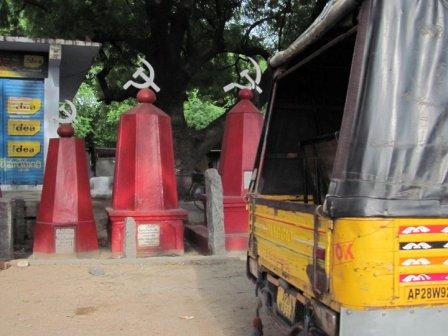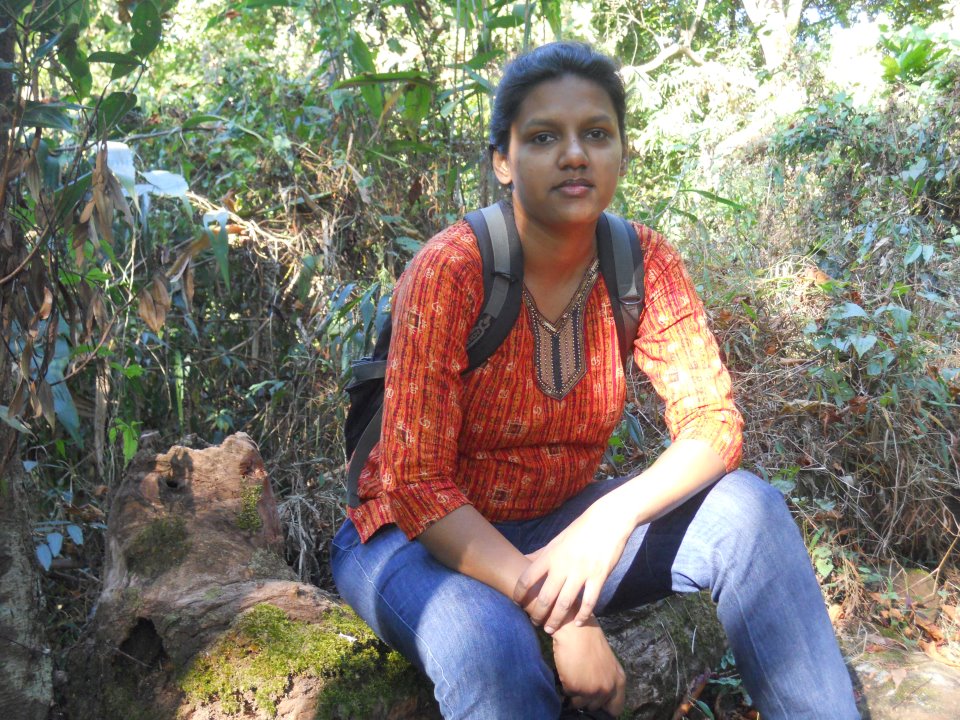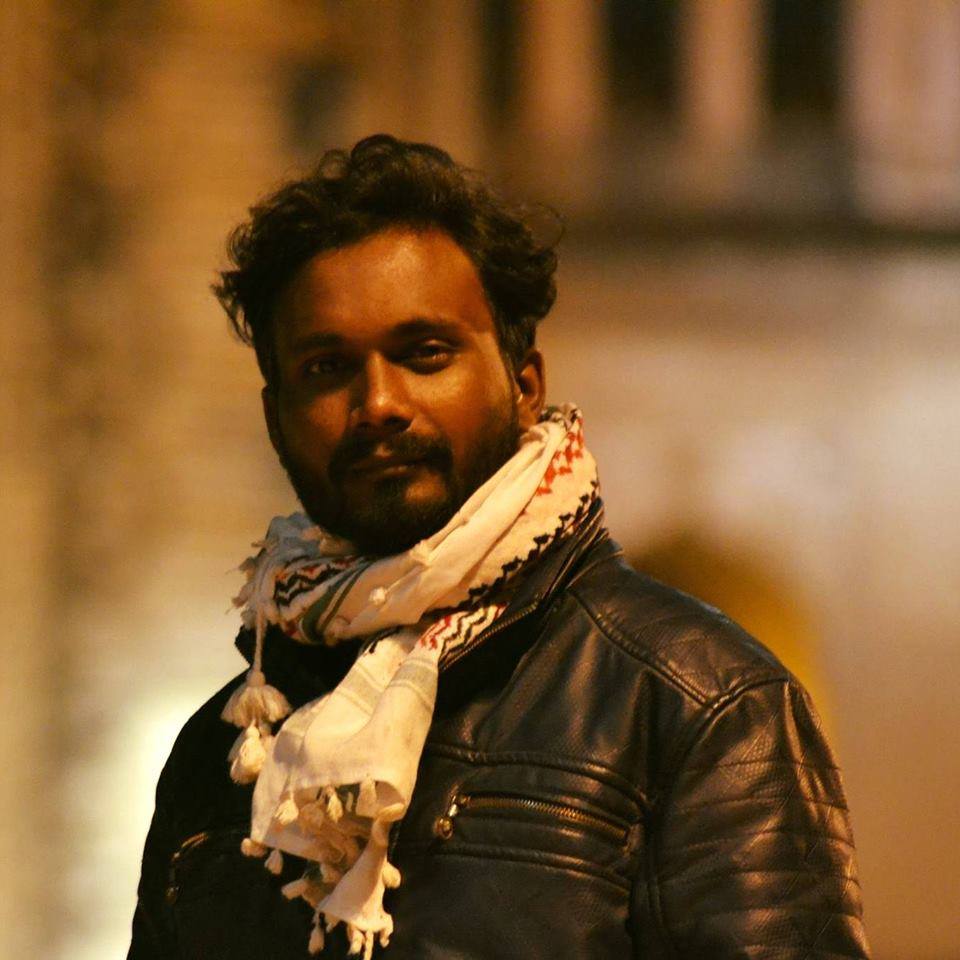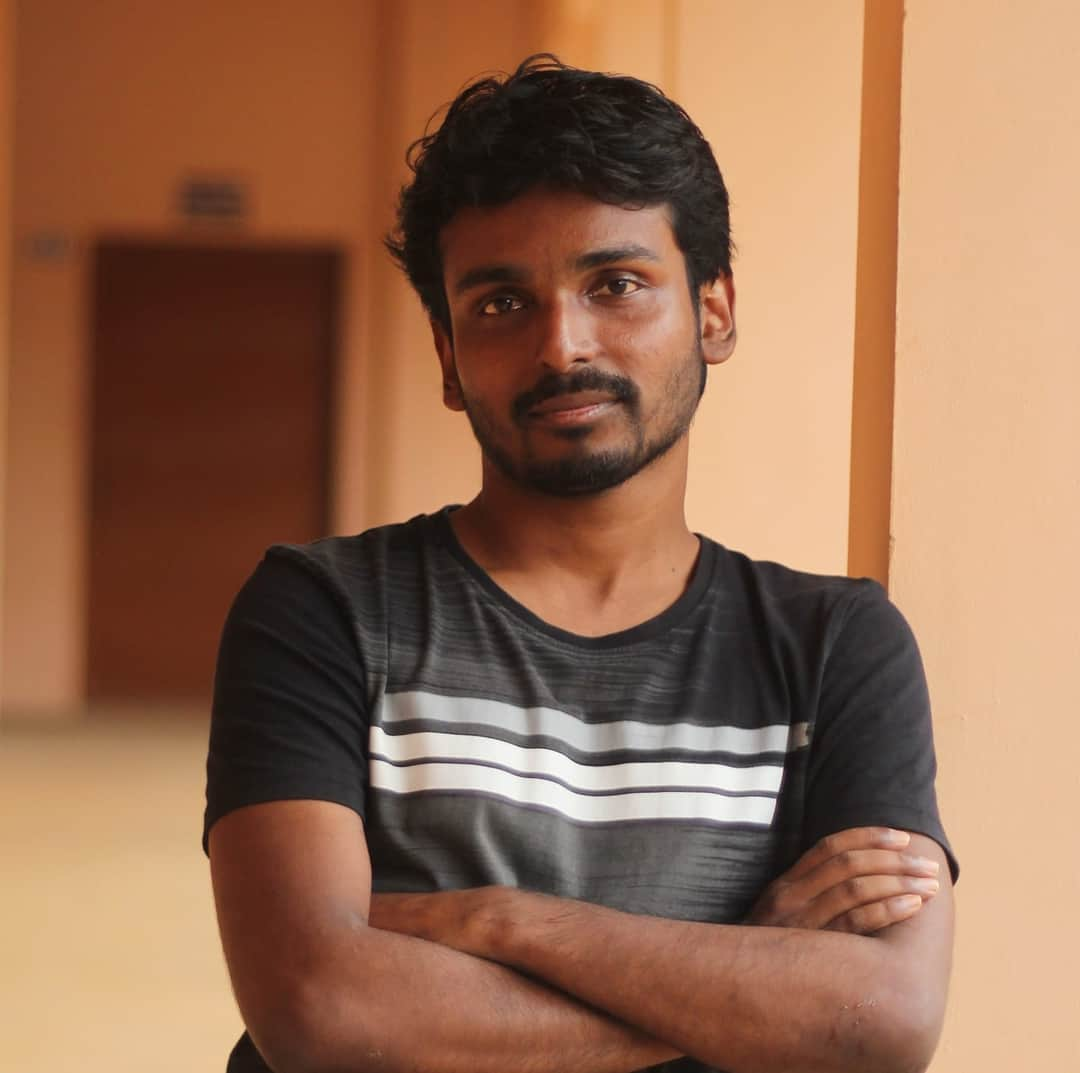Vinith Kumar
These last few weeks have been about the Taliban. But it hasn’t really been about them. The reports, the end of the war, the exit of the American forces, the tragic images from the Kabul airport, all of these things were about the Taliban, but also not one of them were really about them. While some addressed the terrorising spree they were on, others addressed the geo-political implications and so on.

The Taliban have got the classic ‘cancel’ not only from the liberal world, but also from the left or whatever remains of it today. They have been ‘terrorists’ for long, but they have perhaps never been cancelled by the left like they are today.
The liberal world can perhaps assume such freedom so as to produce ‘extremist’ narratives of the Taliban. The liberal world can perhaps even present democracy as moderation and peaceful. But what do these things mean to those who already live on the edge? What does extremism mean to them and more specifically what the hell does democracy mean to them?
What seems to be completely missing, but lies at the very core of the recent events and its historical roots, is the question of production.
But first, let’s talk about the question of the women in Afghanistan, something that seems to have taken everyone’s fancy these days. The liberal media and the world have so much to say about feminism that perhaps all the cries and pleas for help from Afghani women will have already been predicted and spoken about before they even happen.
There have also been anti-feminist responses to what’s unfolding in Afghanistan but perhaps even these have been subsumed into the feminist paradigms of inclusivity and intersectionality.
Even if one chooses to ignore the dogma unleashed on these anti-feminist responses, one cannot ignore the operational lens that dictates these responses.
By making this ‘women can’t study anymore’ an elite narrative, which most of these responses do, the responses too, seem to deploy the same tools that feminism uses. These questions of the safety of the Afghani women, elite or otherwise, questions about their freedom, education and so on are asked without ever considering the production relations in Afghanistan or more specifically the roles of these women in production.
What seems clear and evident is that the classic village-city polarity is constantly upheld; the village, the den of everything pre-modern and feudal, and the city, a modern paradise amidst this largely feudal landscape.
Sure, the media reports and the intense discussions on the conditions for women in Taliban-Afghanistan were discussed only when they took over major cities, and more specifically, Kabul. Perhaps the many embassies that were situated in Kabul and the sense of modernity that they bring with them could have caused this intense reporting. Perhaps the successful dethroning of the American forces with the capture of Kabul caused it.
But does any of this automatically mean that there were no women, elite or otherwise thinking about education elsewhere in Afghanistan?
No questions were asked about women’s education when villages were being taken over, not even from the inclusive gaze. For years the Taliban have been making inroads into villages of Afghanistan, and nobody but curious ethnographers and anthropologists cared about the women then.
Perhaps, the village is most visibly feudal. Perhaps it doesn’t matter to the liberal world if women are educated in these villages because there are no universities, no grand academic enterprises, no malls, and no car factories from which these women can buy their cars.
But interestingly enough, even the left doesn’t seem to care if there are working women in the factories in rural Afghanistan. And maybe because there are no factories in rural Afghanistan. A very silent rejection of the working women and men of the villages is underway. And maybe this is why the world cares so much about the American military leaving, perhaps why it cares so much about progressive filmmakers than it does about the rejected poppy fields and its peasants.
Fundamentalists, of all kinds, exist, but never in isolation from the world and the movement of the production forces. If anything, fundamentalists are a result of these productive forces just as progressives are. Even a puppet government needs to function to sustain itself and its masters, right? Look at how Saudi plays its fundamentalist cards while working in tandem with the US.
It is somewhat ironic that the world has issued its judgements about what awaits the people of Afghanistan with Taliban rule, given that on the one hand they can see that the Taliban are fighting with AK47’s and all such modern machinery, of which very little or nothing is spoken about in the Quran or Islam, and that on the other they are holding press conferences. If the Sangh can capture the imagination of so many men and women with beti-bachao, why wouldn’t the Taliban be capable of the same? Or is the Taliban more fundamentalist than the Sangh?
My point is this, only religion is understood beyond the scope of production, primarily shifting to the metaphysical plane. But the Taliban or the BJP or whatever group can never truly be free of productive forces and of history. So while we object to the rule of sharia law, our objection cannot be limited to this imperialist reaction of ‘education’ but must speak of education as a result of movement in production or lack thereof.
Surely, no one wants to side with the Taliban, perhaps fear of being on the wrong side of history has a huge role to play, given the speed with which social media vigilantes function. But even the communists don’t want to talk about the Taliban.
This brings us to the question, who are the Taliban and who makes up the Taliban army?
The Taliban, according to the Afghani-Maoists, are a bourgeois comprador reactionary force who will soon transition into the role of a puppet regime in Afghanistan. And there is a lot of truth to this. The Taliban, some say emerged out of the mongering of the world powers–America, Soviet, Britain, etc. But more importantly, the Taliban are said to be made up of mullahs and feudal lords. But that can’t be all. If the feudal lords run the Taliban, surely the peasants are involved. And these peasants can see that after 20 long years of stagnation in production forces, of barren fields and dry winds, the Taliban seem to have portrayed themselves as the cause of the ouster of the American army. And so even if the Taliban form a bourgeois comprador-puppet regime, how do the communists, whether Maoist or Leninist, engage with the Afghani people who supported and continue to support the Taliban because the American army has been ousted?
I want to draw attention to the communist manifesto and the profound understanding of Marx and Engels on the question of positioning of the communists. A part of the manifesto is reproduced here.
In what relation do the Communists stand to the proletarians as a whole?
The Communists do not form a separate party opposed to the other working-class parties.
They have no interests separate and apart from those of the proletariat as a whole.
They do not set up any sectarian principles of their own, by which to shape and mould the proletarian movement.
The Communists are distinguished from the other working-class parties by this only: 1. In the national struggles of the proletarians of the different countries, they point out and bring to the front the common interests of the entire proletariat, independently of all nationality. 2. In the various stages of development which the struggle of the working class against the bourgeoisie has to pass through, they always and everywhere represent the interests of the movement as a whole.
The Communists, therefore, are on the one hand, practically, the most advanced and resolute section of the working-class parties of every country, that section which pushes forward all others; on the other hand, theoretically, they have over the great mass of the proletariat the advantage of clearly understanding the line of march, the conditions, and the ultimate general results of the proletarian movement.
The immediate aim of the Communists is the same as that of all other proletarian parties: formation of the proletariat into a class, overthrow of the bourgeois supremacy, conquest of political power by the proletariat.
The theoretical conclusions of the Communists are in no way based on ideas or principles that have been invented, or discovered, by this or that would-be universal reformer.
More often than not, the argument seems to be around the leadership of the Taliban. Surely no one contests that the Taliban’s leadership is corrupt, made up of religious fanatics and feudal lords. And yes, a lot of the functioning does depend on the leadership. But what needs contesting is this, does the Taliban represent the will of the peasants and the workers of Afghanistan to self-determine or not? Having lived under American occupation for over 2 decades and having fought imperialist forces for over 4 decades, does it matter to us that finally the Afghani people are free from direct foriegn rule?
Imperialism surely is a paper tiger, but can we let this tiger hide the Afghani people’s aspirations?
Perhaps one can find some parallels with the left here too. The complete rejection of the BJP and the RSS by the left owing to their enmity with Modi saheb needs analysing. This oftentimes comes out in the form of OBC-villainization during riots and incidents of atrocities. The left seems to be very proud that it has always stood with the Muslims and the Dalits (except when it went after them of course). But how is this different from what the BJP does? In this colonization of our people, the left can only see fascism. In this abject poverty forced on our people, the left can only see anti-fascism. In this forced deprivation of resources, the left seems to only care about Pegasus.
They can only talk to the masses now through Modi. And perhaps when they do this, they not only strengthen the lumpenisation of proletarian politics but add to it more profoundly than capitalism and religion ever can.
While on the one hand, one has to deal with the left-led lumpenisation, on the other, one has to suffer the subjectivism of this middle-class and its symbolism.
People are being killed, men, women, and children. The things we’ve seen these last few years will haunt us for years to come, or so one hopes. But despite the deaths, the war unleashed on the Afghani people, the destruction of livelihoods, way too many people are more concerned about the Bamiyan Buddha than they are of these people and their lives. Somehow, the destruction of the Buddha’s statue, a great testament to the past of Bamiyan, is more troubling to them than the present.
And it’s not hard to locate this within our own geographies. A film about a riot in the past, surely a great tale of resistance too, is somehow more important than the present. That so many thousands were seen gasping for breath seems to have simply been ignored. Shouldn’t our cultural politics be targeted at the present and hopefully at the future of our people?
This public sphere, where ‘Karnan’ and its symbolic edge become more important than the bodies in the Ganga is more troubling than the RSS’s take over of ‘Bharat’.
Our politics has drifted, perhaps with unwitnessed velocity, further away from people, oscillating between bourgeois subjectivism and lumpenisation.
Imperialism, like Mao says, is only a paper tiger because it is divorced from the people. And if our politics too is divorced from people, maybe we need to discard that as well.
~~~
Vinith Kumar is a member of the Core Team of Ambedkar Reading Group, Dehradun.
Picture credit: ‘What’s left in Telangana’ by Kuffir.










